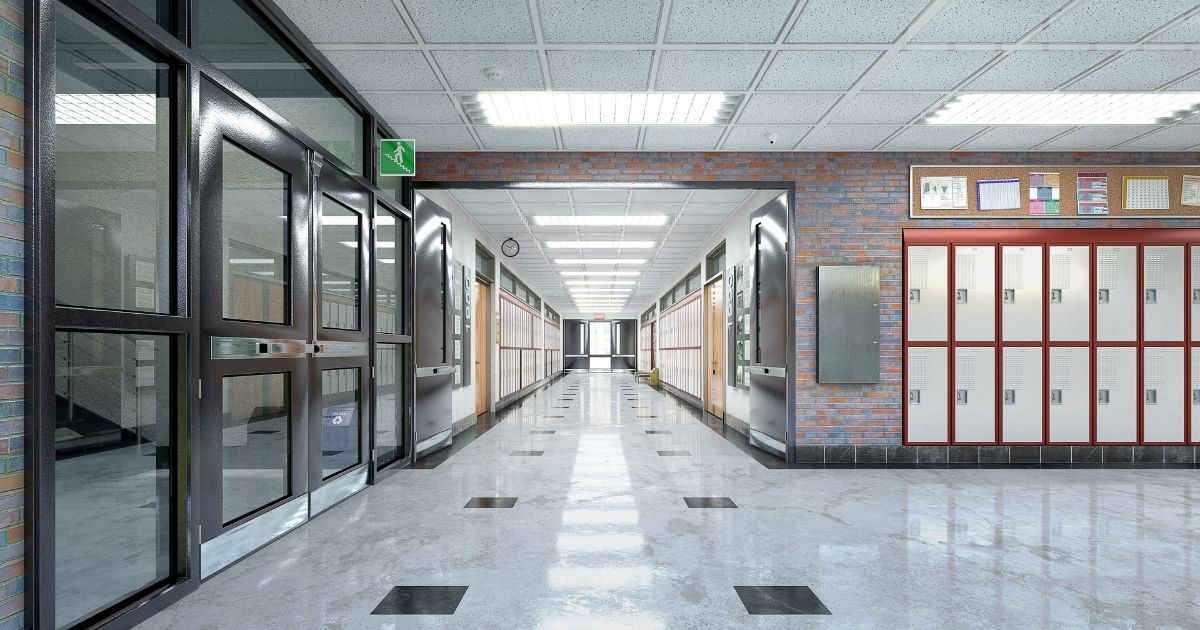by John Odom, James McKay and Rakan Draz, Avison Young
While everyone is putting 2020 in their rearview mirror and looking forward to 2021, the downtown retail landscape is still feeling the negative effects of the COVID-19 pandemic. One of the major X-factors created in commercial real estate by the pandemic is the concept of the “resi-office.” As more people work from home (WFH), they are shopping closer to where they live than ever before. This translates to a shift in consumer spending. People are cooking more often, shopping more online, and ordering curbside pickup at a much higher frequency than in years past.
Because of this, many retailers and restaurants are forced to find creative ways to keep their heads above water. They have focused efforts on keeping their customers top-of-mind while also quickly adapting and evolving to the “new norm” that the climate of this pandemic brings. Local, regional and national tenants are shifting their offerings, adopting modern technology such as third-party apps, and putting more of their focus on expanding their omnichannel model.
With COVID restrictions currently relaxed in South Carolina, the recovery for some brick-and-mortar retailers is already underway. In contrast, others are slower to show signs of progress. Fitness and restaurant users are still lagging compared to two of the biggest winners during the pandemic: grocers and home improvement stores.
Downtown Greenville has been significantly impacted by the pandemic. Many office tenants are not operating at 100% capacity due to WFH orders, decreasing downtown’s daytime population significantly. This decrease, combined with fewer business travelers and tourists, has significantly hurt brick-and-mortar retailers and restaurants in the area.
Downtown Greenville’s retail vacancy rate is currently 7.9%* compared to a vacancy rate of 4.37%* on Jan. 1, 2020. Q1 2021 is expected to be downtown Greenville’s first positive net absorption quarter since Q3 2019. Camperdown will deliver an additional 80,000 square feet of retail space to the central business district in Q1 2021. The average asking rates downtown, per square foot (NNN), was in the high $20s to low $30s in 2020. We predict vacancy rates to increase slightly or flatten out, and rental rates to decrease or flatten out over 2021.
Neighborhood brick-and-mortar have been big winners in terms of consumer spending in 2020. Most grocery-anchored shopping centers have performed exceptionally well over the course of the pandemic. Since the first quarter of 2020, neighborhood shopping centers have seen a decrease in vacancy rates from 8.00%* in Q1 2020 to an estimated 7.2%* in Q1 2021 in the Upstate.
However, even with the strong demand that these neighborhood centers experienced, it has not been smooth sailing for all tenants. Many businesses have not been able to adapt easily and have been forced to close their doors. Landlords and brokers remain optimistic and have been working hard to fill vacancies, and leasing velocity has stayed consistent. Local, regional and national credit tenants have capitalized on these vacancy opportunities, backfilling empty spaces.
Overall, the Upstate market has been fortunate, and many retailers have been able to remain open. The overall market vacancy rate is 5.0%* and should remain stable over 2021. We believe consumer confidence will improve and old behaviors will return as the vaccine rolls out in South Carolina and across the United States, making for a solid, though not record-breaking, year in the Upstate.
*Source: Costar
The post Provided: Retail CRE should be ‘solid’ in 2021 appeared first on UPSTATE BUSINESS JOURNAL.










